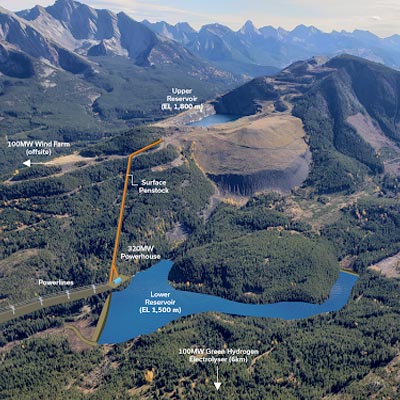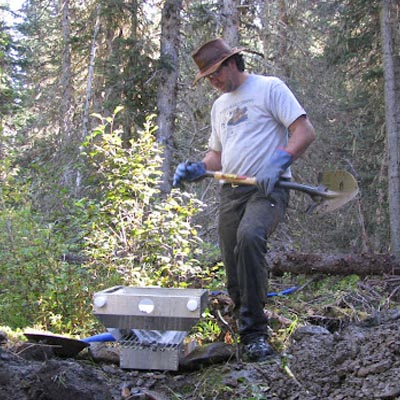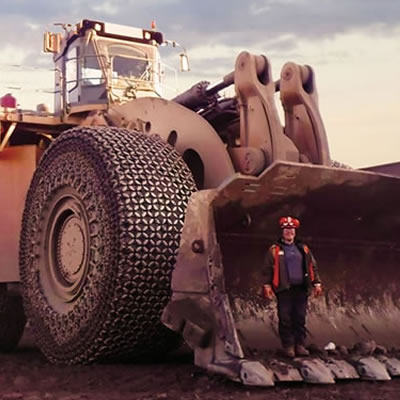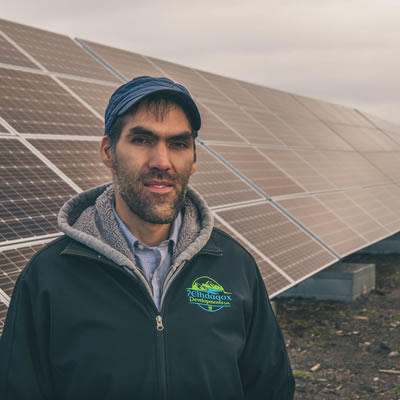Sabina Gold & Silver and Kitikmeot Inuit Association announce new agreements
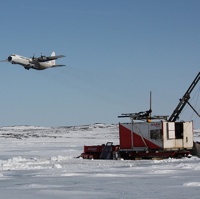
A departing flight over a drill rig at the Back River gold project in Nunavut. — James Maxwell photo Sabina Gold & Silver Corporation of Vancouver a
A departing flight over a drill rig at the Back River gold project in Nunavut. — James Maxwell photo
Sabina Gold & Silver Corporation of Vancouver and the Kitikmeot Inuit Association (KIA) recently announced they had finalized the details of two agreements which, they say, will enhance their relationship as they work together to develop the Back River Gold Project in southwestern Nunavut.
The KIA is the surface title holder of 104,278 square kilometres of Inuit-owned lands in the Kitikmeot region of Nunavut, including most of the land in the Back River Project. The agreements cover a Development Trust Fund and a Capacity Funding Agreement.
According to the Development Trust Fund Agreement, Sabina will establish and contribute to the trust on behalf of the KIA.
The objective of the trust is to contribute funding toward short- and long-term KIA development projects and initiatives. They include training and education as well as infrastructure projects that will support sustainable economic development in the region.
According to the terms of the agreement, the trust will receive three per cent of Sabina's net proceeds from the silver royalty retained by Sabina on properties it had sold to Glencore Canada PLC.
To begin the initiative, Sabina has paid approximately $1.4 million to an existing KIA fund which provides for development and community initiatives in the Kitikmeot region.
Sabina and the KIA have also finalized a Capacity Funding Agreement. The purpose of the agreement is to enable the KIA to hire more personnel, so that it can take part in the environmental assessment and permitting processes for Back River.
Under the terms of the Capacity Funding Agreement, Sabina will fund the KIA based on an agreed work plan and budget for the environmental assessment and permitting processes.
Funding will take place over an estimated period of three years ending in 2016, which is when the permitting process for Back River is expected to be completed. The purpose of the Capacity Funding Agreement is to enable the KIA to employ the technical and administrative staff and management who are required to complete the permitting process.
In an announcement, Sabina president and CEO Rob Pease said the trust is indicative of the company's investment in the economic sustainability and environmental stewardship of the Kitikmeot.
"We view this trust as a vehicle to cultivate long term relationships with the beneficiaries of the region, train our future employees and potentially support infrastructure needs and growth in the future,” Pease said. “We are proud to be one of the first companies in Nunavut to create such a trust.”
KIA president Charlie Evalik said the KIA is "committed to principles of economic sustainability and environmental stewardship in respect of Back River. We view these agreements as important steps to establishing a cooperative long term relationship which is aligned with these principles. Sabina is a welcome participant in this process."
KIA's mandate is to represent the interests of Kitikmeot Inuit by protecting and promoting their social, cultural, political, environmental and economic well-being, said KIA director of lands, environment and resources Geoffrey Clark.
“Because Inuit culture and language are connected to the land, KIA places considerable importance and resources on land management,” Clark said.
There are five communities and about 5,000 Inuit in the region who stand to benefit in some way from the Back River gold project.
The 100 per cent owned Back River Gold Project is made up of a series of gold deposits in southwestern Nunavut. The project lies approximately 520 kilometres northeast of Yellowknife, Northwest Territories, and 50 kilometres southeast of Xstrata Zinc Canada's Hackett River silver-zinc project. The project is focused on the George and Goose Property deposits which, Sabina representatives said, host significant NI 43-101 gold resources.
The company reported a positive preliminary feasibility study (PFS) for Back River in late 2013. The PFS is based on a conventional open pit mine supplemented by underground operations that feed a 5,000 tonne per day whole ore leach process plant. Operations are designed to produce an average of 287,000 ounces of gold per year over an 8.4 year life of mine. Plans are for the project to be built over 24 months at an initial capital cost of $605 million.
The first gold doré is scheduled to be poured in late 2017. Mine construction and operations would be facilitated by sea lift during the summer months, with supplies brought by sea lift to Bathurst Inlet and hauled to the Goose mill by winter road.
To complete the project, the company will raise money in the form of debt and equity, said Sabina's vice president of communications and corporate secretary, Nicole Hoeller.
“We have a good treasury and we can afford to wait out the market,” Hoeller said. “In the meanwhile, we'll move the project along and de-risk it. The fundamentals for gold are still good.”
Nunavut challenges and opportunities, according to Sabina Gold & Silver
The development of mining projects in the West Kitikmeot region has far-reaching impacts not only for Sabina shareholders, but also for the government and residents of Nunavut.
Xstrata's current mine concept at Hackett River includes building a road and a deep water port. Back River is progressing through development and engineering studies. Both of these projects provide significant opportunities for employment and training in Nunavut.
The development of these mines would open up a region and provide opportunities for other projects and for larger vessels, which would lead to larger economies of scale for both industry and the communities in the region.
The modern infrastructure in the Timmins and Kirkland Lake mineral belts in Ontario and Quebec grew because of mine development.
As projects become large enough to create jobs and become economically viable, partnerships between the residents of the land, industry and government evolve gradually into sustainable development.
The development of mining projects in the West Kitikmeot region has far-reaching impacts not only for Sabina shareholders, but also for the government and residents of Nunavut.
Xstrata's current mine concept at Hackett River includes building a road and a deep water port. Back River is progressing through development and engineering studies. Both of these projects provide significant opportunities for employment and training in Nunavut.
The development of these mines would open up a region and provide opportunities for other projects and for larger vessels, which would lead to larger economies of scale for both industry and the communities in the region.
The modern infrastructure in the Timmins and Kirkland Lake mineral belts in Ontario and Quebec grew because of mine development.
As projects become large enough to create jobs and become economically viable, partnerships between the residents of the land, industry and government evolve gradually into sustainable development.
